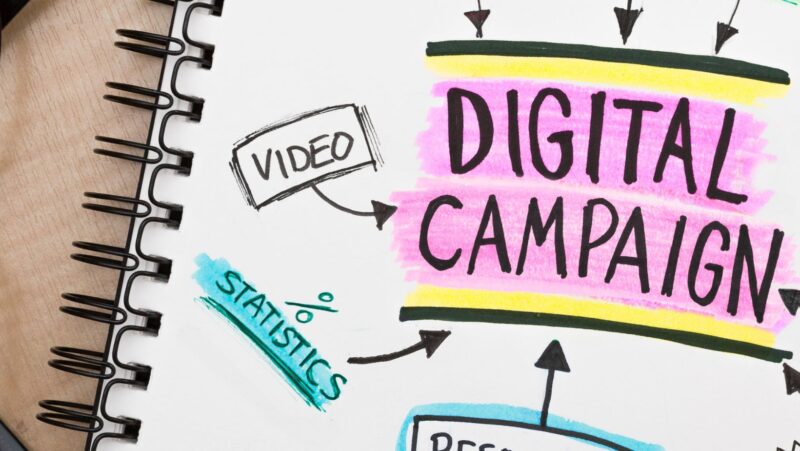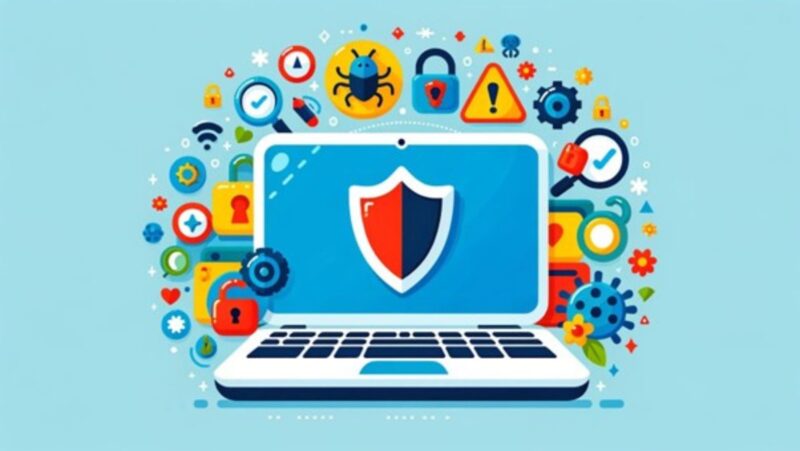As remote work becomes a more common option for businesses, maintaining a strong and positive workplace culture starts to become a top priority. One crucial aspect of this is peer recognition—acknowledging the contributions of colleagues.
One of the worst peer to peer recognition practices is exclusivity. When employees feel appreciated and involved, they are more engaged, motivated, and likely to go above and beyond in their roles. However, recognizing peers in a remote environment can be challenging without the right tools in place.
Thankfully we now live in a digital age where there is an abundance of digital tools at our disposal to aid with bridging this gap. By leveraging these tools, companies can create a culture of appreciation and collaboration, ensuring that every employee feels valued, no matter where they are working from. Read on to learn more about the technology you can use and digital tools you can take advantage of for peer recognition in remote working environments.
Communication Platforms
These days we have access to so many great communication tools that are specifically designed with businesses or teamwork in mind. These communication tools are not only useful for the day-to-day within your business but also for peer recognition.
Communication platforms have a broad reach within the organization, ensuring that recognition is seen by a large audience and reinforcing a culture of appreciation. The real-time nature of these platforms means that recognition is immediate, which can boost morale and motivation.
By making recognition visible to the entire team, communication platforms help build a sense of community and collective support. The interactive features of communication platforms, such as likes, comments, and reactions, encourage more engagement with recognition posts.
Peer Recognition Software
In addition to your regular communication platforms used within the business, it is also a great idea to implement the use of peer recognition software which is specifically designed with the intent of communicating between peers at work.
These platforms provide a dedicated space where employees can easily give and receive recognition, making the process streamlined and accessible. It also allows for the creation of various recognition categories and criteria, aligning with the company values and goals.
By centralizing recognition activities, these platforms ensure that achievements are visible and celebrated across the organization. The interactive and reward-based nature of these platforms encourages frequent participation in recognition activities.
Project Management Tools
Project management tools allow teams to track tasks and milestones, making it easy to identify when team members achieve important goals and recognize their contributions. These tools offer spaces for team members to comment on tasks and projects, where they can publicly acknowledge each other’s efforts and celebrate achievements.
These tools often integrate with communication platforms, allowing for seamless sharing of recognition messages and updates within the same environment. Recognition within project management tools is tied to specific tasks and milestones, making the acknowledgment more meaningful and relevant to the team’s work.
Integrating recognition into daily workflows through these tools keeps team members engaged and motivated to perform their best.
Virtual Meeting Tools
In the past few years, one tool that has taken over the business world is virtual meeting tools, whether it is to large meetings or one-on-one meetings, meetings with clients, or even meetings within your company, most businesses make use of some kind of virtual meeting tool.
Virtual meeting tools enable team members to recognize each other’s contributions in real-time during meetings, making the acknowledgment immediate and impactful. These tools provide opportunities for team members to give shoutouts and praise publicly during meetings, allowing everyone to see and celebrate achievements.
Virtual meeting tools allow for real-time recognition, which helps reinforce positive behavior and boosts morale instantly. The interactive nature of virtual meetings, including features for reactions and comments, encourages more frequent and active participation in peer recognition.
Not to mention virtual meeting tools are already a part of many remote workflows, making it easy to incorporate recognition into regular meeting routines without requiring additional tools.








